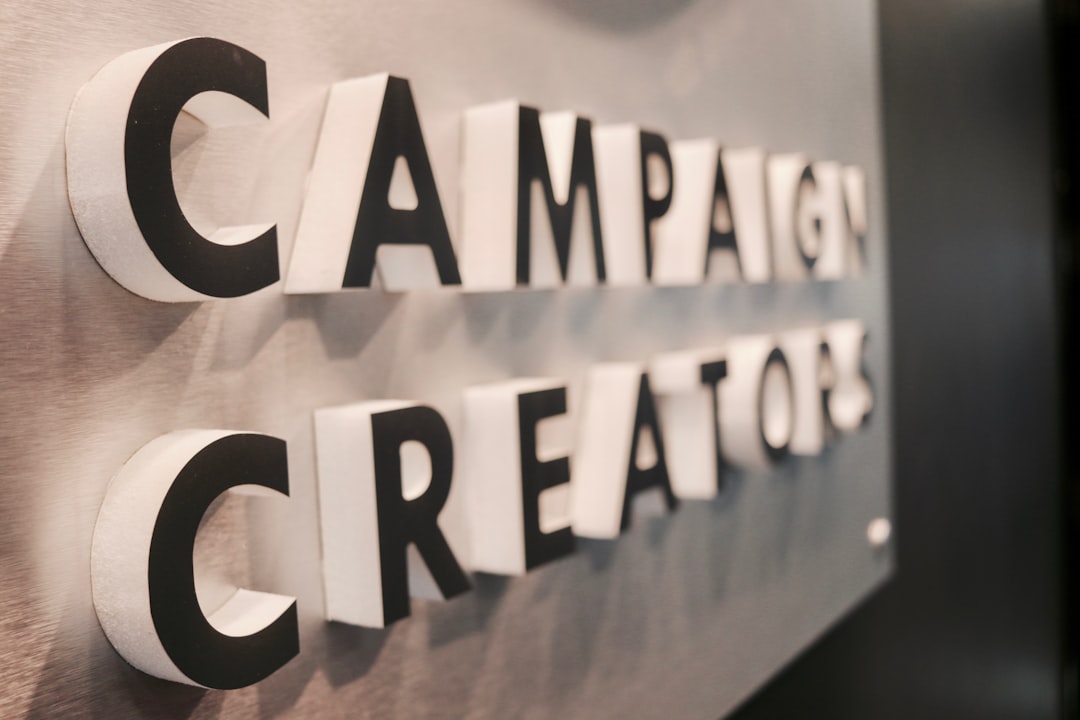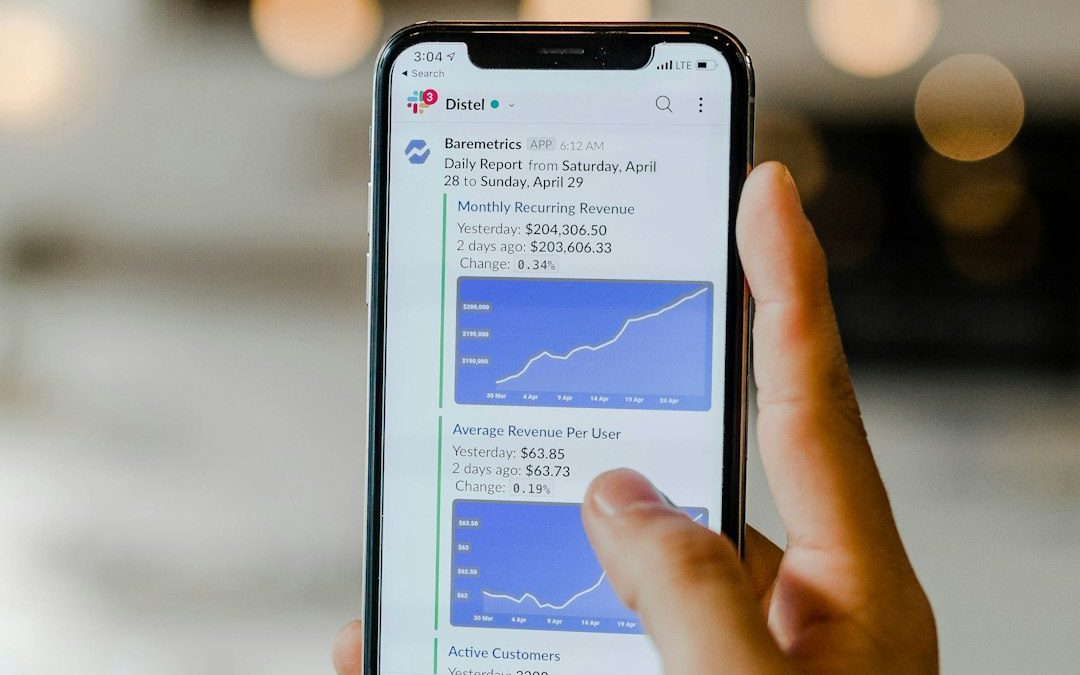Whether you’re a data scientist, marketing analyst, or growth specialist, mastering Funnels and Attribution is key to developing laser-focused business strategies. In the world of BI analytics, funnel analysis helps track user behavior across a journey, while attribution models assign value to various customer interaction points. But mastering the basics isn’t enough—advanced techniques unlock new insights and business gains.
Welcome to the BI Analytics Gym, where we challenge your analytics muscles with 10 advanced exercises designed to sharpen your expertise in funnels and attribution. These hands-on workouts combine data strategy, SQL logic, and a pinch of experimentation to help you dive deeper into user behavior and performance marketing.
Why Go Beyond the Basics?
Most businesses stop after creating a standard funnel showing how many users drop off before purchase or sign-up. And while basic attribution looks at last-touch models, today’s omnichannel customer journey demands more. To create truly data-driven strategies, you need deeper funnel segmentation and more nuanced attribution approaches that reflect reality.
Let’s Hit the Data Gym: 10 Advanced Analytics Exercises
1. Segment Funnels by Behavioral Cohorts
Start by splitting your funnel based on behavioral user cohorts—think of groups like “Visited Pricing Page,” “Downloaded Whitepaper,” or “Attended Webinar.” By comparing conversion paths of these cohorts, you can tailor your messaging and understand which behaviors signal stronger purchase intent.
- SQL Tip: Use nested CASE WHEN logic or CTEs to define behavioral cohorts
- Visualization Tip: Use side-by-side funnel visualizations for quick comparisons
2. Time-to-Convert Distribution
Plot distribution graphs of how long users take to move from one funnel stage to the next. You may be surprised—these insights can reshape your retargeting or email drip strategies.
Are users taking hours or days to go from discovery to checkout? Understanding this helps you set smarter event triggers and alert thresholds within your campaigns.
3. Build a Funnel with Exit Condition Logic
Traditional funnels assume user progression is linear, but shoppers compare, research, and wander. Design a funnel that includes diverging paths, exit points, and even re-entries. For instance, if 15% of users return after email nurturing, your funnel should reflect that loop-back behavior.
- Data Engineering Tip: Use Snowflake’s LAG/LEAD or spark window functions to stitch user sessions together
4. Run a Multi-Touch Attribution Model
The last touch doesn’t always deserve all the credit. Try implementing a Linear or Time Decay attribution model to more fairly distribute conversion credit across interactions.
Here’s an example:
- Linear: Each touchpoint gets equal weight
- Time Decay: Closer touchpoints get more value
- Position-Based: First and last touchpoints get a larger share, and the rest is divided among mid-interactions
This can dramatically change how you value top-of-funnel channels like organic search or social ads.
5. Attribution Per Campaign Type
Instead of a one-size-fits-all model, tailor attribution by campaign type. For example, time decay may make sense for paid search, whereas position-based may work better for display or awareness campaigns.

6. Identify Funnel Blockers Using Drop-Off Heatmaps
Once you find a drop-off in a funnel, map exact user features at that stage—browser, device, geo-location, scroll depth, load time, etc. You’d be amazed at how many technical or UX blockers are deep in the funnel.
Develop heatmaps using BI tools to visualize correlations. Hotspots of drop-offs are prime for A/B tests and fixes.
7. Apply Predictive Modeling to Funnel Data
Forecast which users are likely to complete the funnel using machine learning models like logistic regression or gradient boosting (XGBoost). Feed your model with user features such as visit frequency, CTA clicks, time on site, and previous campaign exposure.
This allows your marketing team to prioritize leads with high conversion likelihood and automate follow-ups dynamically.
8. Experiment with Attribution Lookback Windows
Adjusting the lookback window—from 7 days to 30 or even 90 days—can change your attribution results dramatically. For some products (like SaaS), the average consideration period is long, making short windows misrepresentative.
- BI Exercise: Compare CPA (Cost per Acquisition) under different lookback windows
- Insight: Determine optimal window length per industry or product
9. Funnel Completion Rate, Weighted by Engagement
Not every user has the same potential value. Apply engagement-weighting to funnel analysis. A user who viewed 10 pages or filled out a form may deserve more tracking focus than one who bounced quickly.
Assign weights at different stages and compute adjusted conversion rates. This prioritizes quality over quantity and guides resource allocations to high-value user segments.
10. Cross-Device Funnel Mapping
It’s increasingly common for users to start a journey on mobile and finish on desktop, or vice versa. Device-switching often breaks tracking and leads to under-attribution of awareness campaigns.
If you have access to universal identifiers (email logins, hashed IDs), join sessions across devices to construct cross-platform funnels. This more accurately reflects complete journeys and improves insight into platform-specific conversion assist roles.
Pro Tips to Maximize Value from These Workouts
- Automate often: Use SQL scripts or dbt transformations to automate repetitive funnel and attribution analyses
- Visualize smartly: Use Looker, Tableau, or Power BI to turn advanced outputs into readable, action-oriented dashboards
- Cross-functional collaboration: Pair with PMs, marketers, and engineers to align insights with business goals
Conclusion: Train Like an Analytical Athlete
Much like physical fitness, BI analytics excellence requires consistent, focused training. Exercises that push beyond the average enable you to uncover hidden insights, design smarter experiments, and influence strategic decisions at a higher level.
Funnels and attribution are at the core of understanding user journeys. By leveling up your analysis with these 10 advanced exercises, you’ll graduate from intermediate to elite in the BI Analytics Gym.
So grab your data sets, dust off your SQL editor, and let these workouts drive your analytics transformation. Are you ready to feel the funnel burn?
yehiweb
Related posts
New Articles
How to Import a JSON File Into RawAccel Settings
If you’re tweaking your mouse settings for the best possible performance, you’ve likely heard of RawAccel. It’s a powerful tool…


